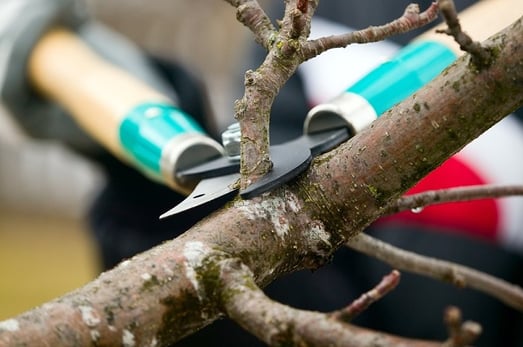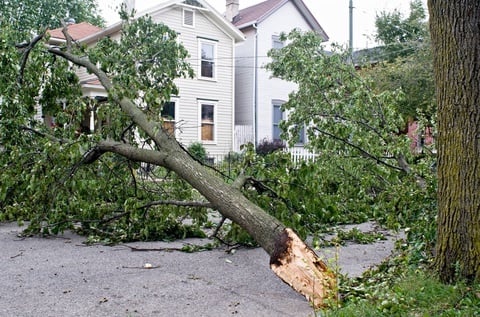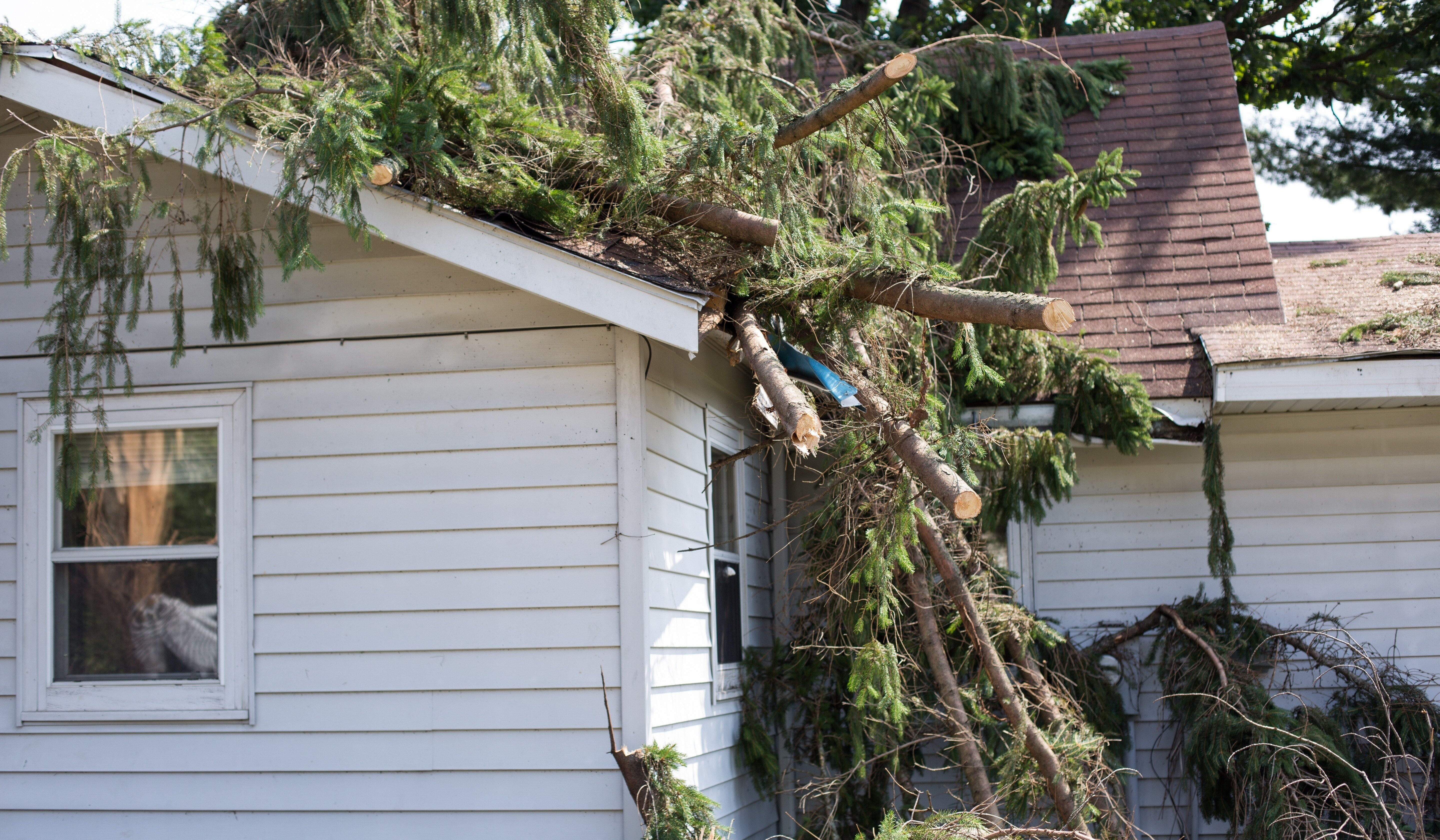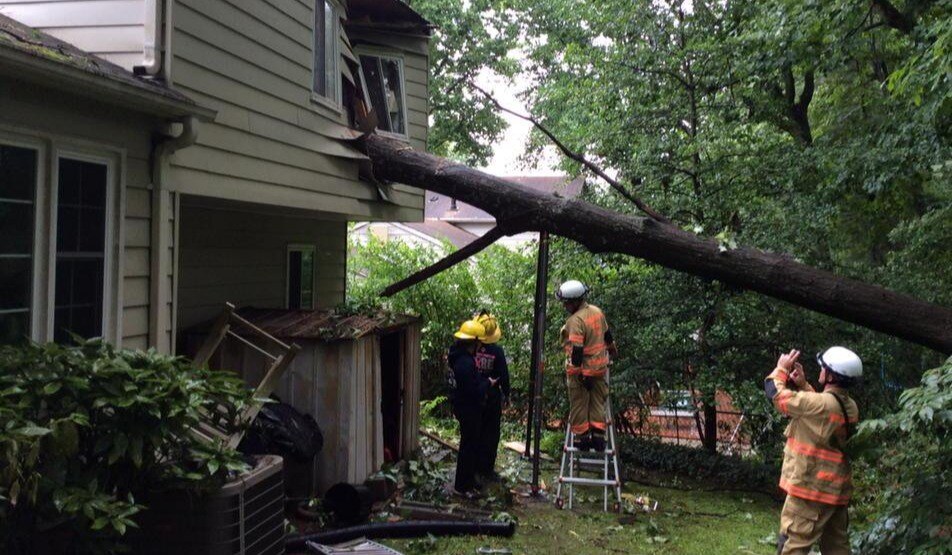
Tree maintenance and neighbors
Trees provide beauty and shade to your home. They also can be a headache, causing problems between you and your neighbor. It should be simple. If a tree is on your property, it's your responsibility. If it's on your neighbor's property, it's theirs.
It's both party's job to check for signs of disease, address broken and overhanging branches, and maintain the overall health of trees on their property. Both should also consider the other's property when assessing the tree's health and impact.

Part of the problem is many people underestimate the size a tree will be full-grown. They also may not plan well when choosing the type of tree and where to plant it. You may unwillingly inherit problematic trees when buying a home. Those are your responsibility too. Our home insurance team often hears concerns that a neighbor's tree is causing a problem or endangering property. If this is the case for you, we can offer a few tips from our home insurance experience to help you address it and protect yourself.

Have a friendly chat with your neighbor
The first thing to do is open up a line of communication with your neighbor. Let them know your concerns with their tree and ask if they’re willing to address it or have it removed. If your budget allows, offering to share the cost of a tree inspection or removal may help this conversation go a little easier.
Most people will appreciate that you're reaching out, but you may need to take further action if your neighbor is unwilling to address your concern or have the tree inspected or removed.
What to do if your neighbor won't address their tree
If you feel the tree may involve damage or the possibility of insurance claim, documentation is key.
- Compose a letter to your neighbor explaining your concerns about the tree. Request that they address the issue with the tree or have it removed.
- Take some pictures of the tree for your records.
- Send the letter to your neighbor via the US Postal Service, and for your protection, send it certified with a return receipt so that you’ll have documentation that your neighbor received the letter.
- Make copies of the letter, sending one to your insurance company, and keeping one for your records.
Check with your HOA or local government organization
If your home is part of a homeowners association, check its rules about tree maintenance and issues. If you have concerns, call your community management company or talk to your HOA's architectural review committee (ARC) to see what rights you have. Similarly, the problematic tree may constitute a violation of local ordinances or codes. Check with your local town building or planning board.
What happens if the tree causes damage to your property?
If the tree falls due to a weather event and damages your house or property, you would file a claim with your insurance carrier. Things can get a little sticky when the claim may involve the possible liability of another person. Your previous documentation can come in handy. Take specific steps to report the claim properly and leave the rest to your insurance company. They'll handle things on your behalf and find a fair resolution with all the information.
THE NORTHERN NECK INSURANCE INTEGRITY PROMISE — We pledge to provide straight talk and good counsel from our NNINS Virginia insurance experts through our blog. While we hope you find this to be a helpful source of information, it does not replace the guidance of a licensed insurance professional, nor does it modify the terms of your Northern Neck Insurance policy in any way. All insurance products are governed by the terms in the applicable insurance policy.




